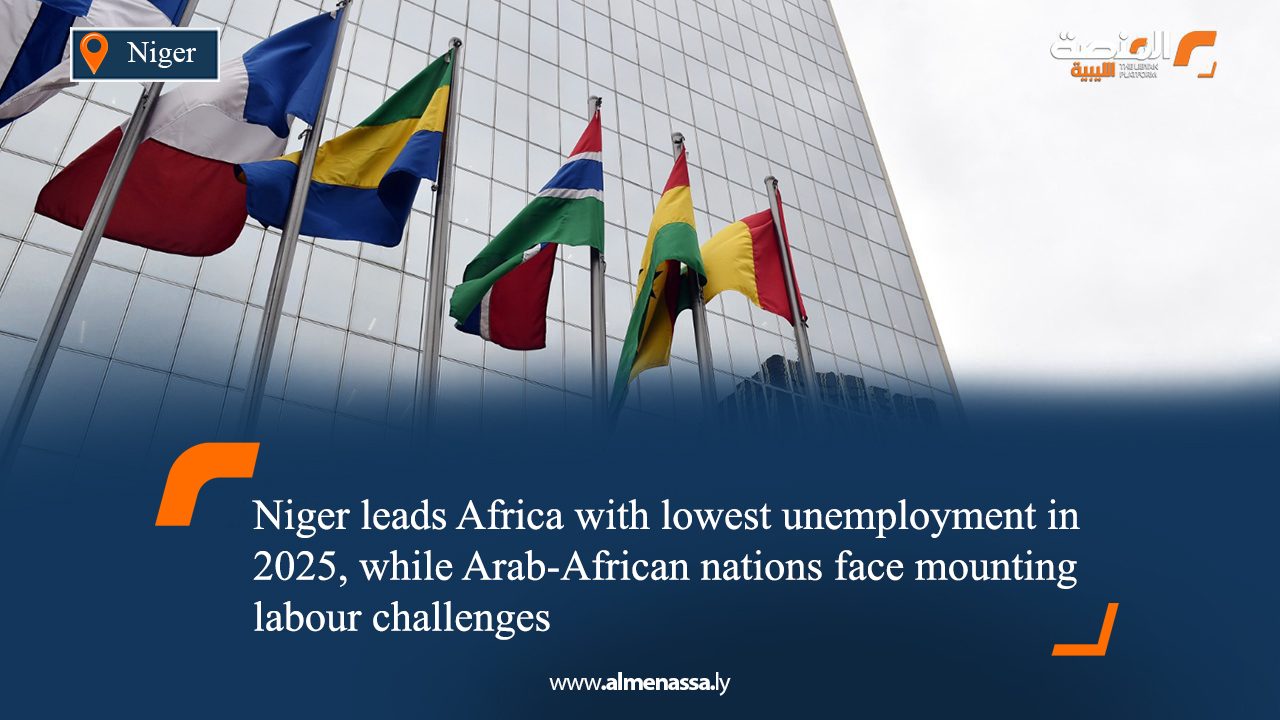As Africa’s economic landscape continues to shift, several countries have managed to maintain some of the lowest official unemployment rates globally. In 2025, nations such as Niger, Burundi, and Chad reported figures below 1%, reflecting economies that rely heavily on subsistence agriculture, livestock, and natural resource-based livelihoods.
These exceptionally low rates are not merely the result of industrial expansion, but stem from deeply embedded economic structures. Informal sectors such as artisanal mining, cross-border trade, and small-scale farming form the backbone of daily income generation. In Côte d’Ivoire, for instance, the cocoa industry provides thousands of direct and indirect jobs, while Togo’s strategic port infrastructure fuels regional commerce and supports employment in logistics and construction. Ethiopia, meanwhile, is investing in industrial parks and infrastructure projects that offer formal job opportunities to its rapidly growing youth population.
According to the African Development Bank, Sub-Saharan Africa’s labour market is expected to expand by more than 20 million people annually over the next decade. In countries with low unemployment, this demographic surge is being met with a combination of agricultural modernization, infrastructure development, and targeted vocational training programmes.
A recent international report based on African Development Bank data identified the ten African countries with the lowest unemployment rates in 2025, highlighting the sectors and labour dynamics that underpin their economic resilience:
– Niger: Leading the continent with a 0.4% unemployment rate, Niger’s economy is anchored in agriculture and livestock, with growing activity in oil production and livestock trade. Development projects in irrigation and market access have further supported employment.
– Burundi: With a rate of 0.93%, Burundi’s economy revolves around seasonal agriculture — notably coffee and tea — and infrastructure development that creates jobs in construction and small-scale manufacturing.
– Chad: Posting a 1.1% rate, Chad relies on traditional farming and livestock, bolstered by oil revenues and emerging industries in food processing and textiles.
– Togo: At 1.9%, Togo’s economy is driven by agriculture, trade, and logistics. Its strategic port plays a key role in regional commerce, supporting jobs in manufacturing and infrastructure.
– Seychelles: Maintaining a 2% rate, the island nation benefits from a robust tourism sector and fishing industry, with investments in vocational training ensuring a skilled workforce.
– Côte d’Ivoire: With unemployment at 2.3%, the country’s economy is sustained by cocoa and coffee exports, alongside active urban development and growth in construction and manufacturing.
– Guinea-Bissau: At 2.6%, employment is supported by cashew farming, fishing, and small-scale trade, with rural food industries and port development contributing to job creation.
– Liberia: Reporting a 2.9% rate, Liberia’s economy is based on agriculture, mining, and urban services, with infrastructure improvements generating jobs in transport and construction.
Sierra Leone: With unemployment at 3.1%, the country benefits from agriculture, mining, and trade, alongside investments in local energy and diverse urban sectors.
– Ethiopia: At 3.5%, Ethiopia’s economy is underpinned by large-scale agriculture and expanding manufacturing, with industrial zones and youth training programmes helping to absorb new labour market entrants.
In contrast, Arab-African countries are facing significantly higher unemployment rates. Reports from the International Labour Organization (ILO) show that these nations are grappling with structural challenges that hinder job creation. Tunisia recorded a rate of 15.7% in the first quarter of 2025, while Algeria stood at 11.8%, supported by initiatives in renewable energy and scientific research. Mauritania’s unemployment rate reached 10.4%, with projections indicating a slight increase.
Libya presents one of the most acute cases. With unemployment at 18.6% in 2024 and a projected decline to 15.5% by the end of 2025, the country continues to struggle with political instability, fragile security, and limited investment in vital economic sectors. The Libyan labour market faces particular difficulty in providing formal employment for youth, who make up a large share of the population. Many have turned to informal work or sought opportunities abroad.
Economists emphasize that Libya’s recovery depends on political stabilization and comprehensive economic reform. They advocate for infrastructure development, expansion of vocational training, and targeted employment programmes to address long-standing labour market deficiencies.
The stark contrast in unemployment rates between Sub-Saharan and Arab-African nations reflects deeper differences in economic structure, political stability, and industrial diversification. As Africa’s workforce grows, the challenge for governments will be to create inclusive labour markets capable of absorbing millions of new workers while equipping them with the skills needed to thrive in a modern economy.


